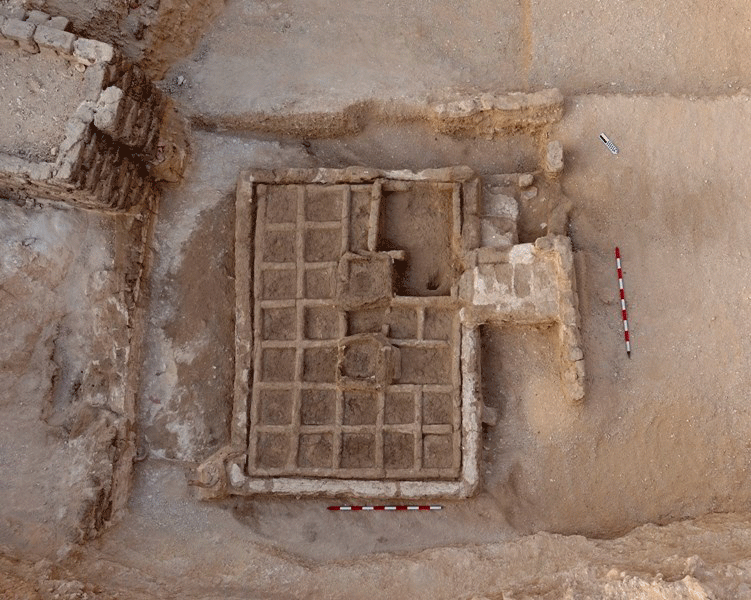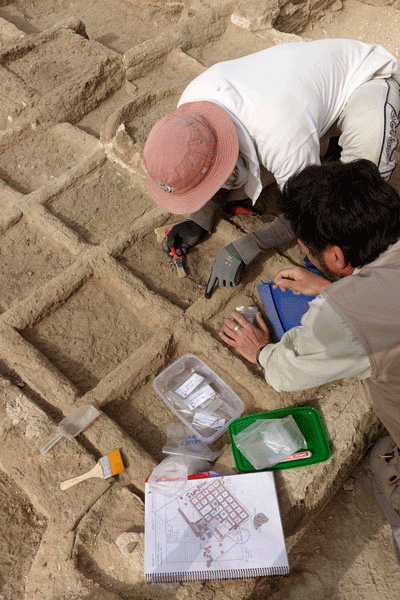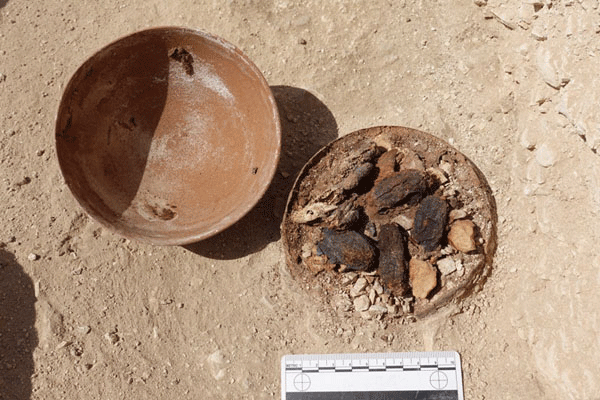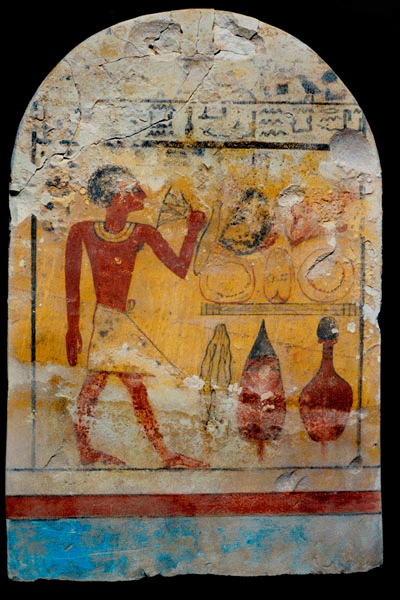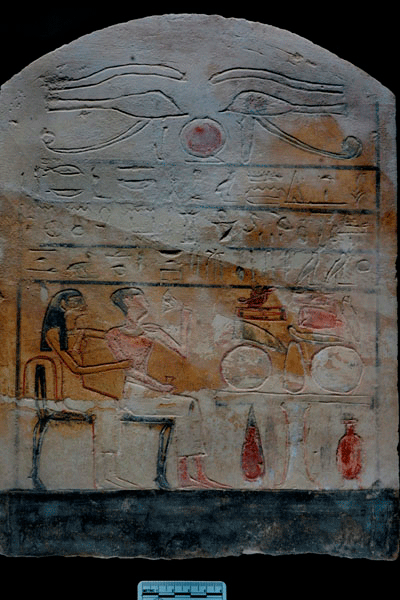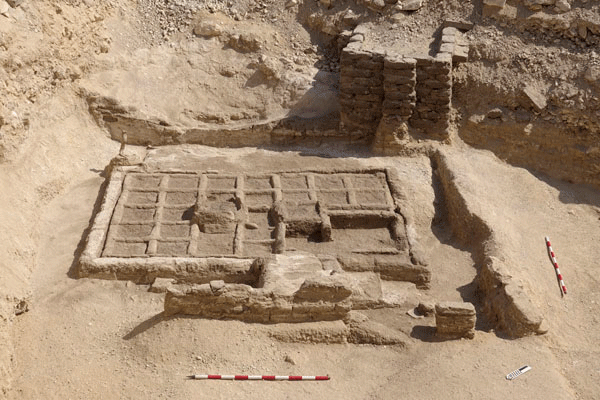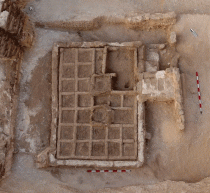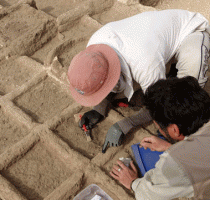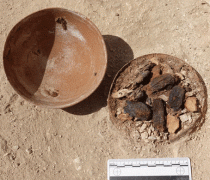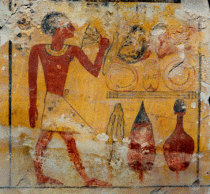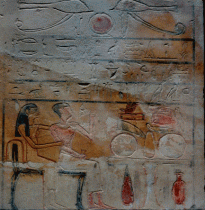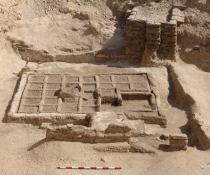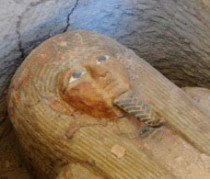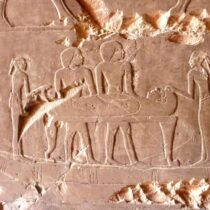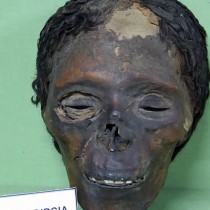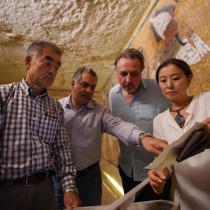Archaeologists in Egypt have discovered a unique ancient funerary garden on Luxor’s west bank.
The garden was found during excavation work in the Draa Abul Naga necropolis by a Spanish archaeological mission and is almost 4,000 years old. It was found in the area around the 18th Dynasty rock-cut tombs of Djehuty and Hery, in the open courtyard. It measures 3×2 metres and is divided into squares of about 30cm each.
Mahmoud Afifi, head of the Ancient Egyptian Antiquities sector at the Ministry of Antiquities said that the squares contained different kinds of plants and gardens with two elevated spots in the centre of the garden containing probably a small tree or bush. At one of the corners archaeologists found the trunk of a small tree, preserved to a height of 30cm and a bowl containing dried fruit, probably offerings.
Jose Galan, head of the Spanish mission and research professor at the Spanish National Research Council in Madrid said that similar funerary gardens had only been found on the walls of various New Kingdom tombs, at the entrance of funerary monuments. Such gardens, however, although known through iconography, had never been found in ancient Thebes, so this discovery is the first in its kind.
He added that archaeologists discovered the remains of a small brick chapel near the entrance of one of the tombs, attached to the facade, with three stelae of the 13th Dynasty found in-situ inside.
The findings highlight the significance of the Draa Abul Naga necropolis during the Middle Kingdom.
